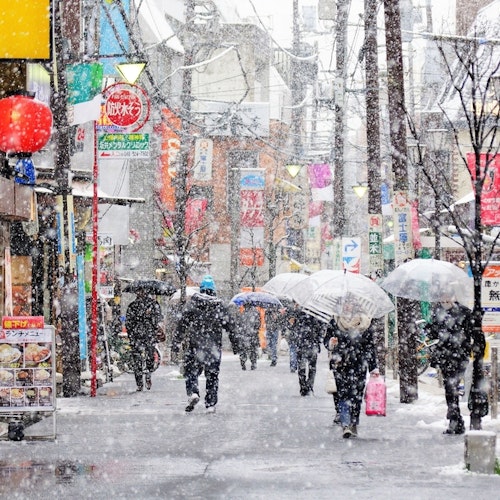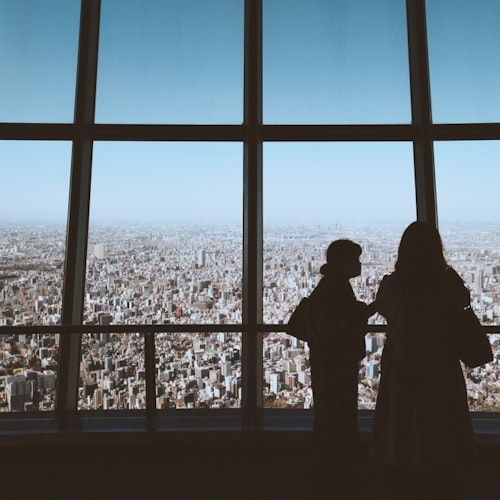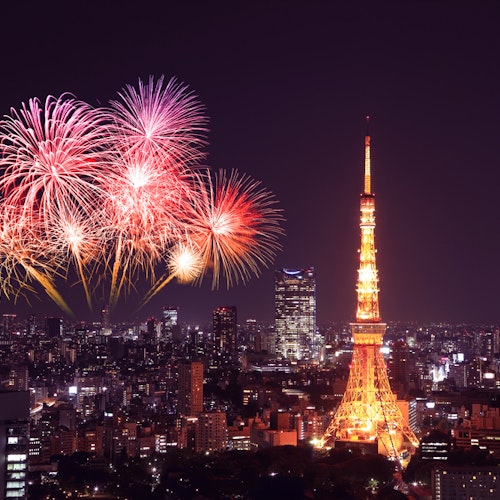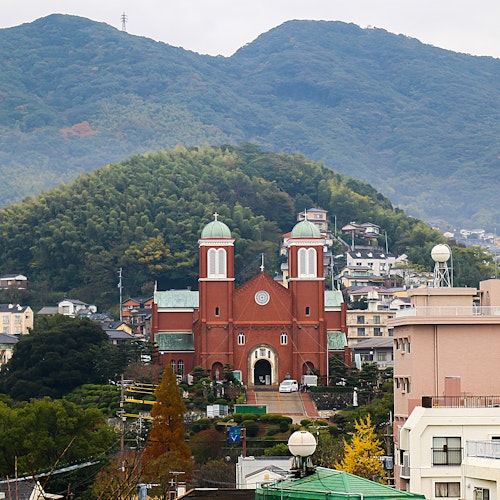
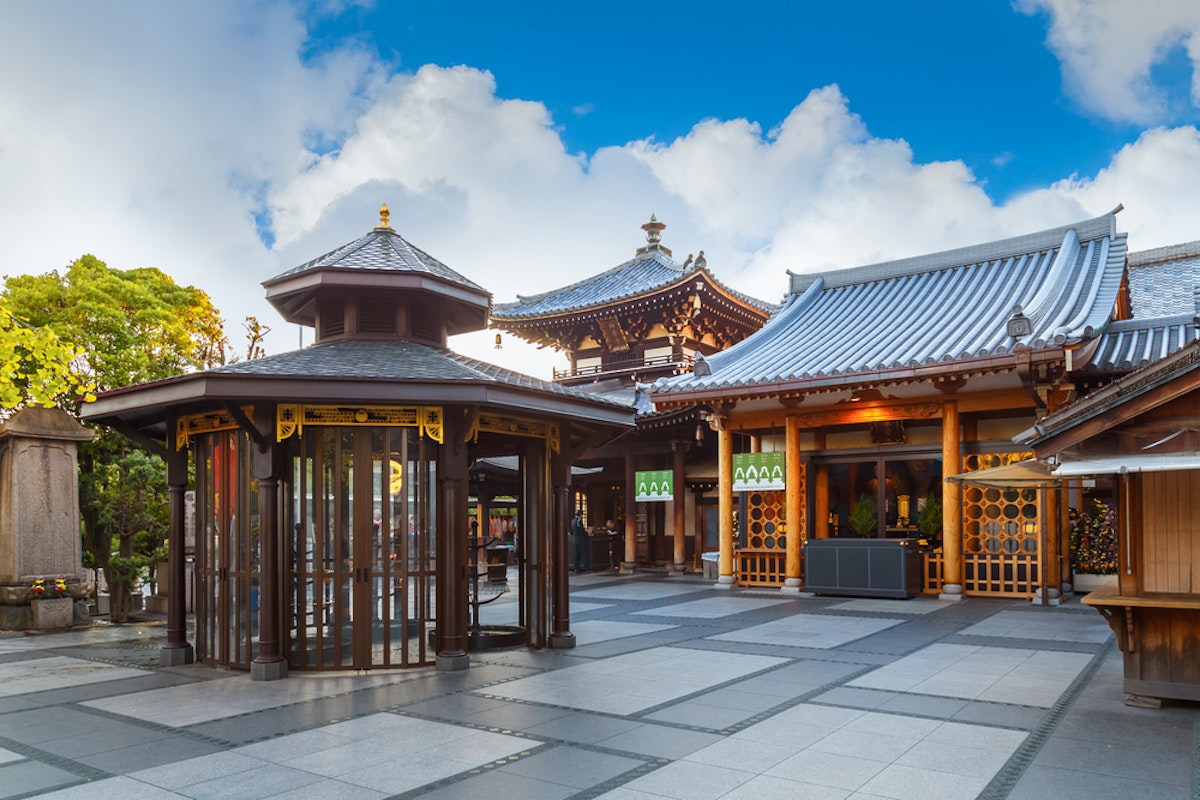
Osaka, often overshadowed by Tokyo and Kyoto, holds its own as a rich repository of cultural heritage in Japan. This vibrant city is not just a haven for food enthusiasts and nightlife seekers, but also a treasure trove of historical temples and shrines. These sacred sites, nestled amidst the urban landscape, offer an unparalleled window into Japan's spiritual traditions and architectural brilliance.
For instance, Shitennoji, considered Japan's first Buddhist temple, dates back to 593 AD and exemplifies the country's ancient architectural style. Similarly, Sumiyoshi Taisha, one of Japan's oldest Shinto shrines, is famed for its unique 'Sumiyoshi-zukuri' architectural design. This blog post will guide you through ten such remarkable temples and shrines in Osaka, each with its own intriguing history and distinctive features.
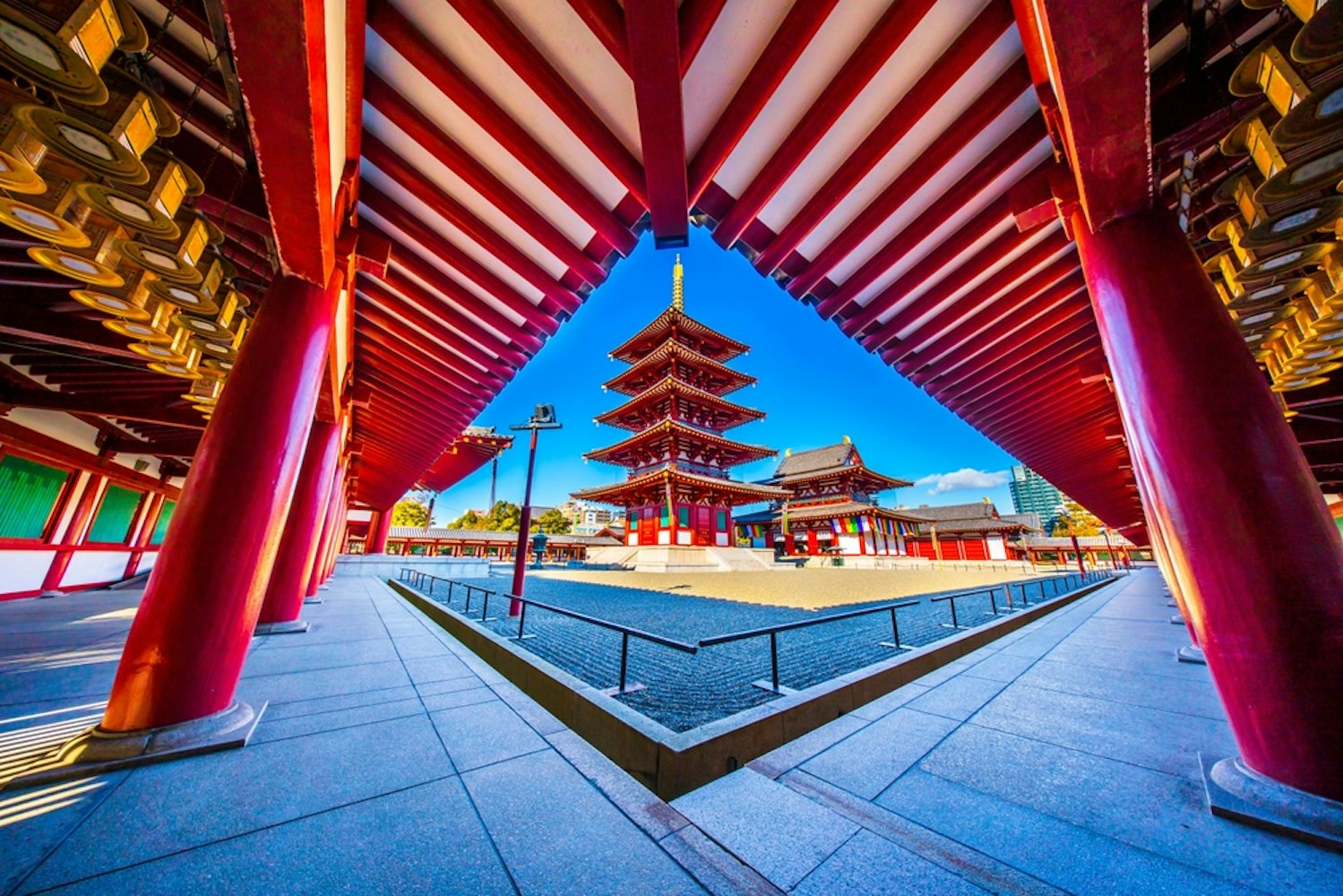
Shitennoji Temple stands as a testament to Japan's long-standing Buddhist heritage, being the first Buddhist temple to receive official endorsement from the Japanese state. Founded in 593 by Prince Shotoku, who is revered for his role in promoting Buddhism in Japan, the temple is dedicated to the Four Heavenly Kings.
Shitennoji is architecturally significant for its traditional design, which has been carefully reconstructed over the centuries to preserve its ancient style. The temple complex includes a five-story pagoda, a main golden hall (Kondo), and a tranquil garden, each reflecting the temple's spiritual and historical significance. Shitennoji's monthly flea market, held on the 21st and 22nd, is a vibrant event where visitors can explore a variety of antiques and local crafts.
Opening Hours: 8:30 AM - 4:00 PM
Address: 1 Chome-11-18 Shitennoji, Tennoji Ward, Osaka, 543-0051, Japan
Ticket Price: Free (Garden and Treasure House require a fee)
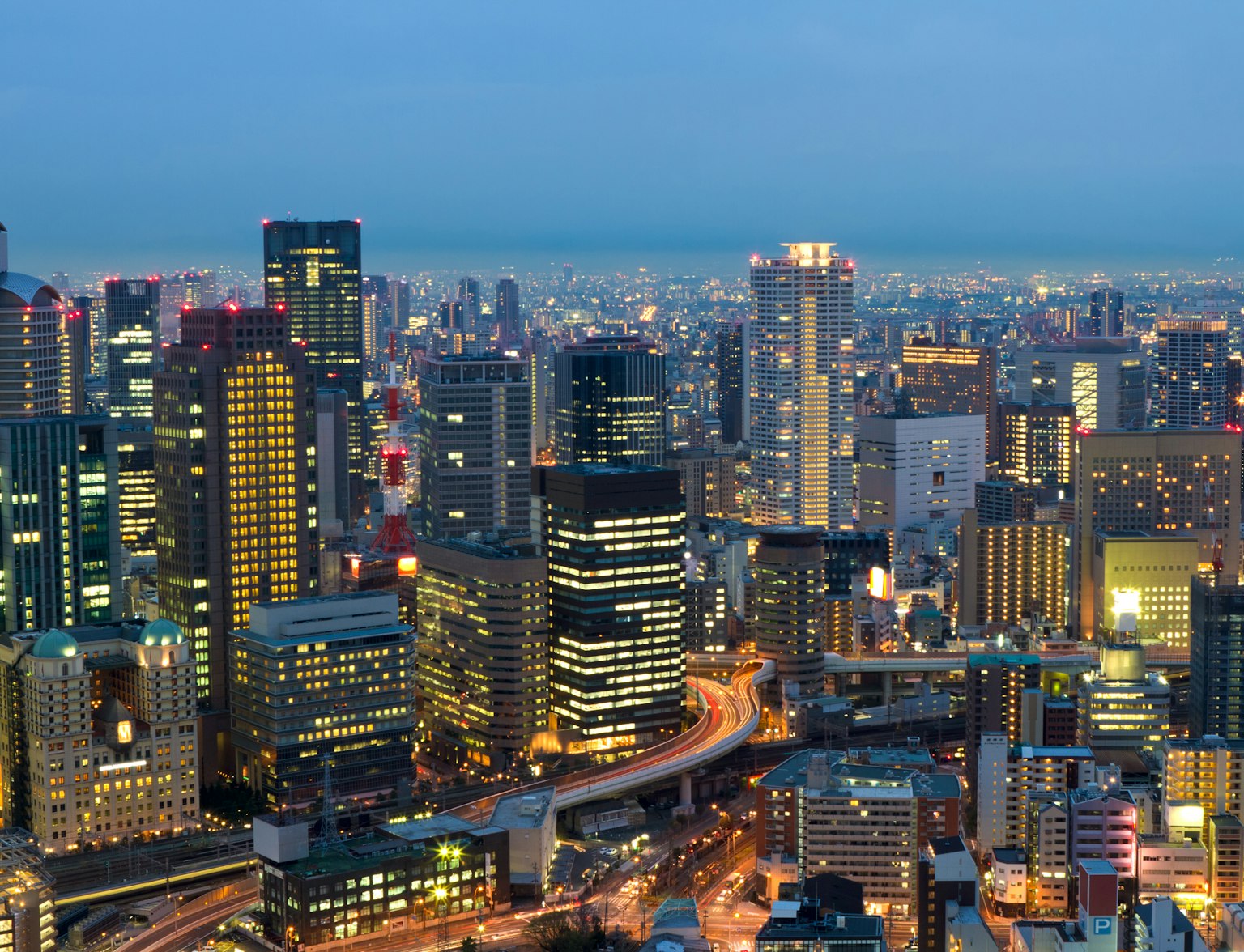
Visit Shitennoji Temple with this tour.
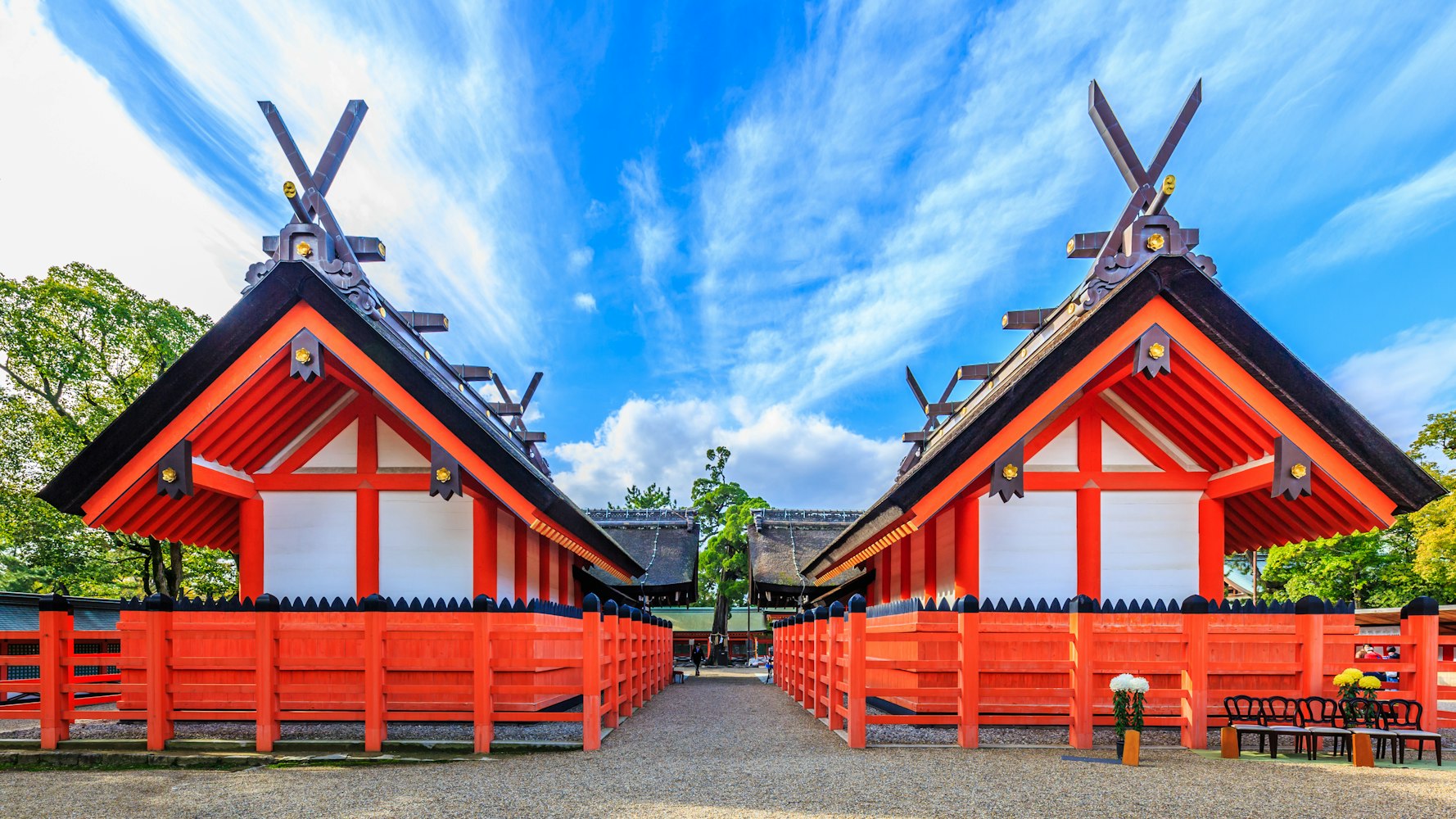
Sumiyoshi Taisha Shrine, established in the 3rd century, is one of Japan's oldest Shinto shrines and a pinnacle of the Sumiyoshi-zukuri architectural style, characterized by its straight roofs that have no upward curve at the eaves, a style predating Buddhist influence in Japan. This shrine is part of the Sumiyoshi Sanjin, three gods important for sea voyages and maritime safety, making it a crucial pilgrimage site for sailors and fishermen.
Sumiyoshi Taisha's layout, with its four main halls arranged in a straight line, is unique and offers a peaceful retreat with its expansive grounds, ancient trees, and the iconic Taiko-bashi (drum bridge) leading to the entrance. The shrine's annual New Year's visitation is one of the largest in Japan, reflecting its deep cultural significance.
Opening Hours: 6:00 AM - 5:00 PM
Address: 2 Chome-9-89 Sumiyoshi, Sumiyoshi-ku, Osaka
Ticket Price: Free
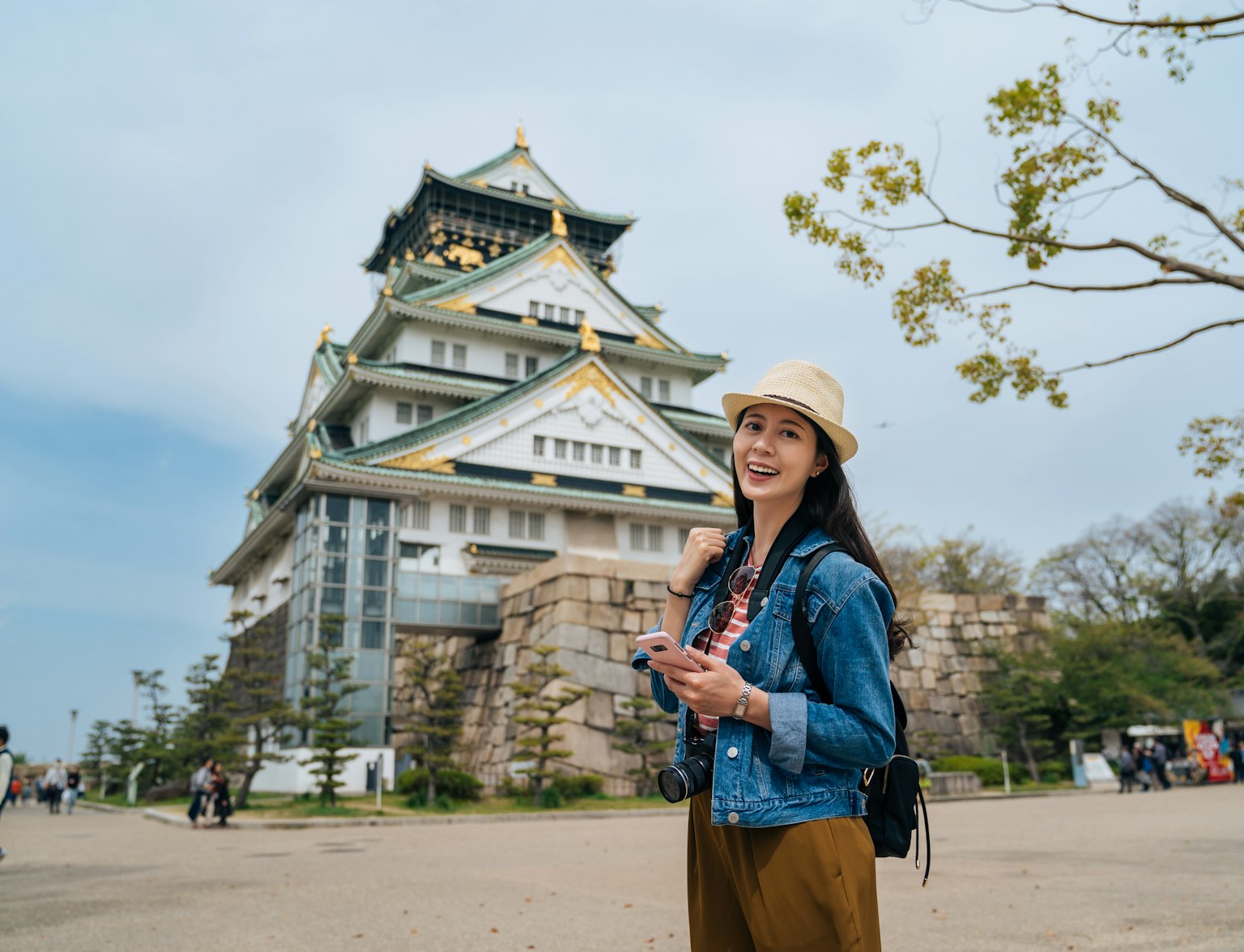
Visit one of the oldest shrines in Japan with 1800 years of history.

Osaka Tenmangu Shrine is dedicated to Sugawara no Michizane, a scholar, poet, and politician of the Heian Period, revered as the god of learning and scholarship. Founded in 949, it has become a beacon for students and scholars seeking success in exams and academic pursuits.
Tenmangu shrine is especially known for its annual Tenjin Matsuri, ranked as one of Japan's top three festivals, featuring river processions, traditional performances, and thousands of participants dressed in imperial court costumes from the Heian Period. The architecture showcases classical Japanese shrine design, with vibrant vermillion gates and a peaceful inner garden, reflecting the blend of solemnity and celebration that characterizes this spiritual site.
Opening Hours: 6:00 AM - 6:00 PM
Address: 2-1-8 Tenjinbashi, Kita-ku, Osaka
Ticket Price: Free
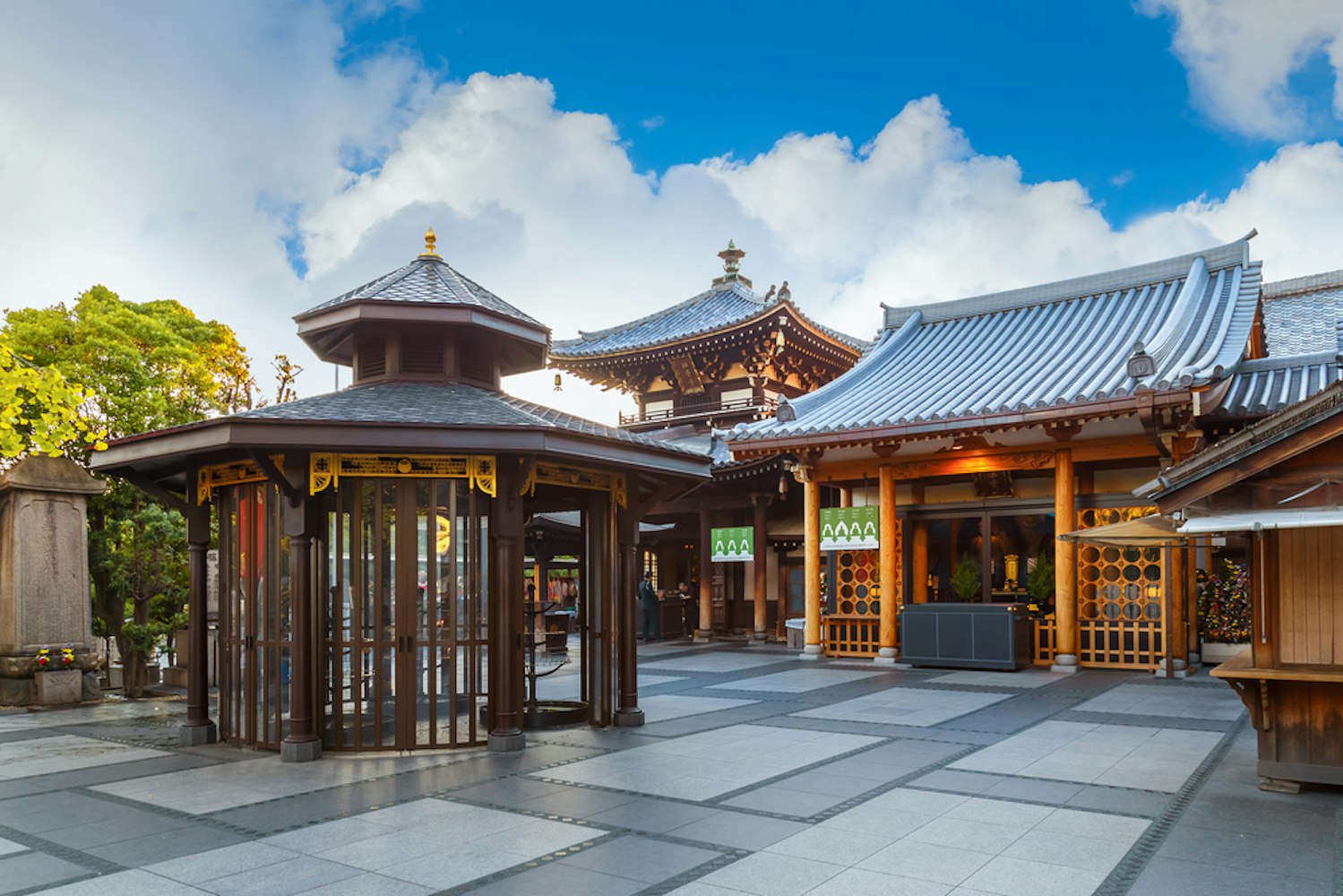
Isshinji Temple, founded in 1185 and nestled amidst the urban landscape of Osaka, is renowned for its unique approach to memorializing the deceased. Known as the "temple of Buddha statues made from human bones," it has a tradition of creating Buddha statues from the ashes of the deceased, a practice that began in the early 20th century as a means to honor and remember the dead in a tangible form.
These statues, referred to as 'bone Buddhas' or 'Okotsu Butsu,' embody a deep sense of spirituality and remembrance, making the temple a profound place for contemplation on life, death, and rebirth. Beyond its remarkable statues, the temple boasts modernist architecture and serene gardens, offering a peaceful retreat in the heart of the city.
Opening Hours: 9:00 AM - 4:00 PM
Address: 2-8-69 Osaka Tennoji-ku, Osaka, 543-0062
Ticket Price: Free
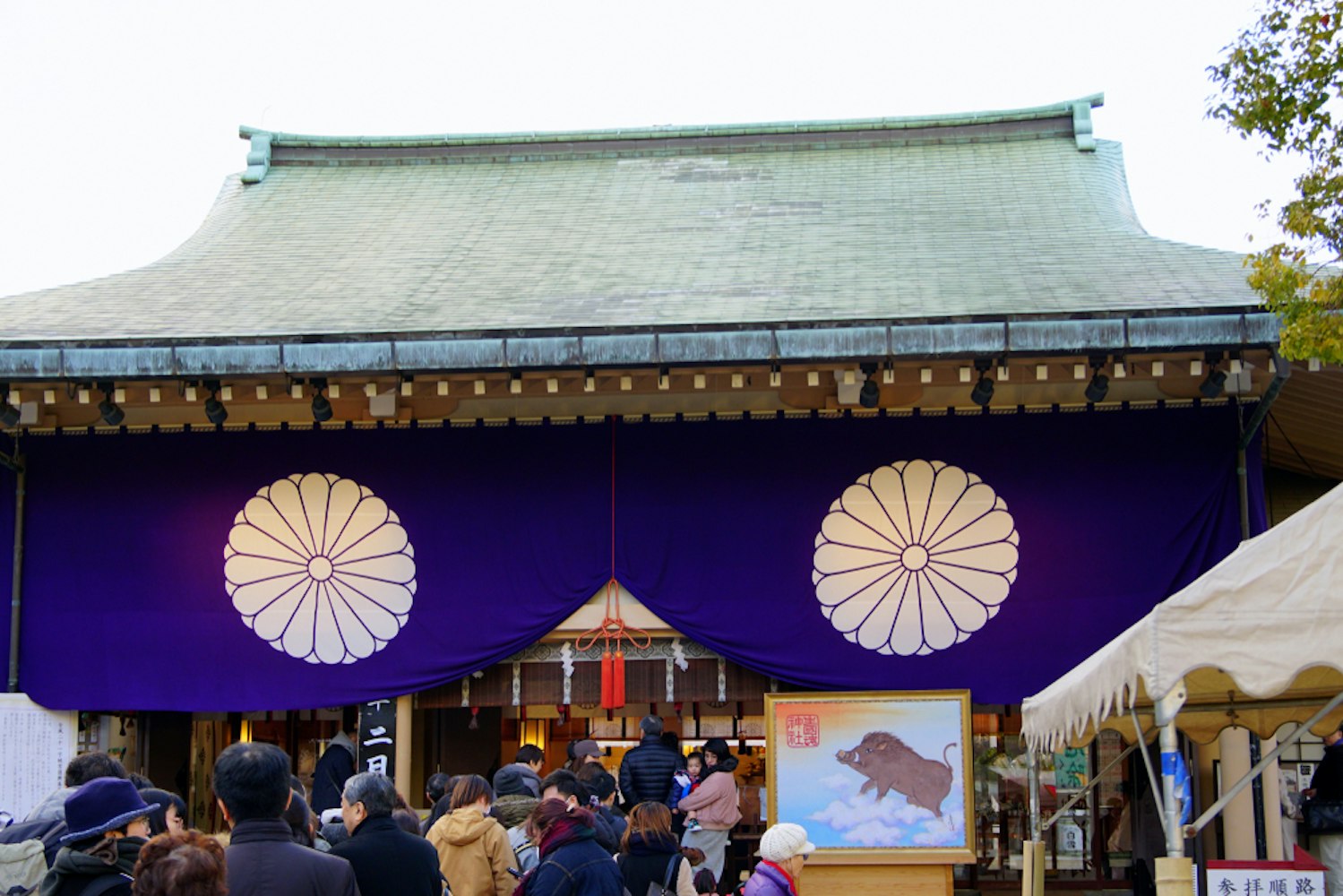
Ikukunitama Shrine, also known as Ikutama Shrine, is steeped in history and myth, tracing its origins back over a millennium. This Shinto shrine is deeply interwoven with Japan's national identity and mythology, dedicated to the deities of the nation's founding. Its traditional architecture, characterized by vibrant colors and intricate woodwork, stands as a testament to the craftsmanship and aesthetic sensibilities of ancient Japan.
Ikukunitama shrine's spacious grounds and tranquil atmosphere offer a respite from the urban hustle, making it a favored spot for both locals and visitors seeking a moment of peace or to participate in its seasonal festivals, which celebrate the rich tapestry of Japanese cultural and spiritual life.
Opening Hours: 6:30 AM - 5:00 PM
Address: 13-9 Ikutamacho, Tennoji Ward, Osaka, 543-0071
Ticket Price: Free
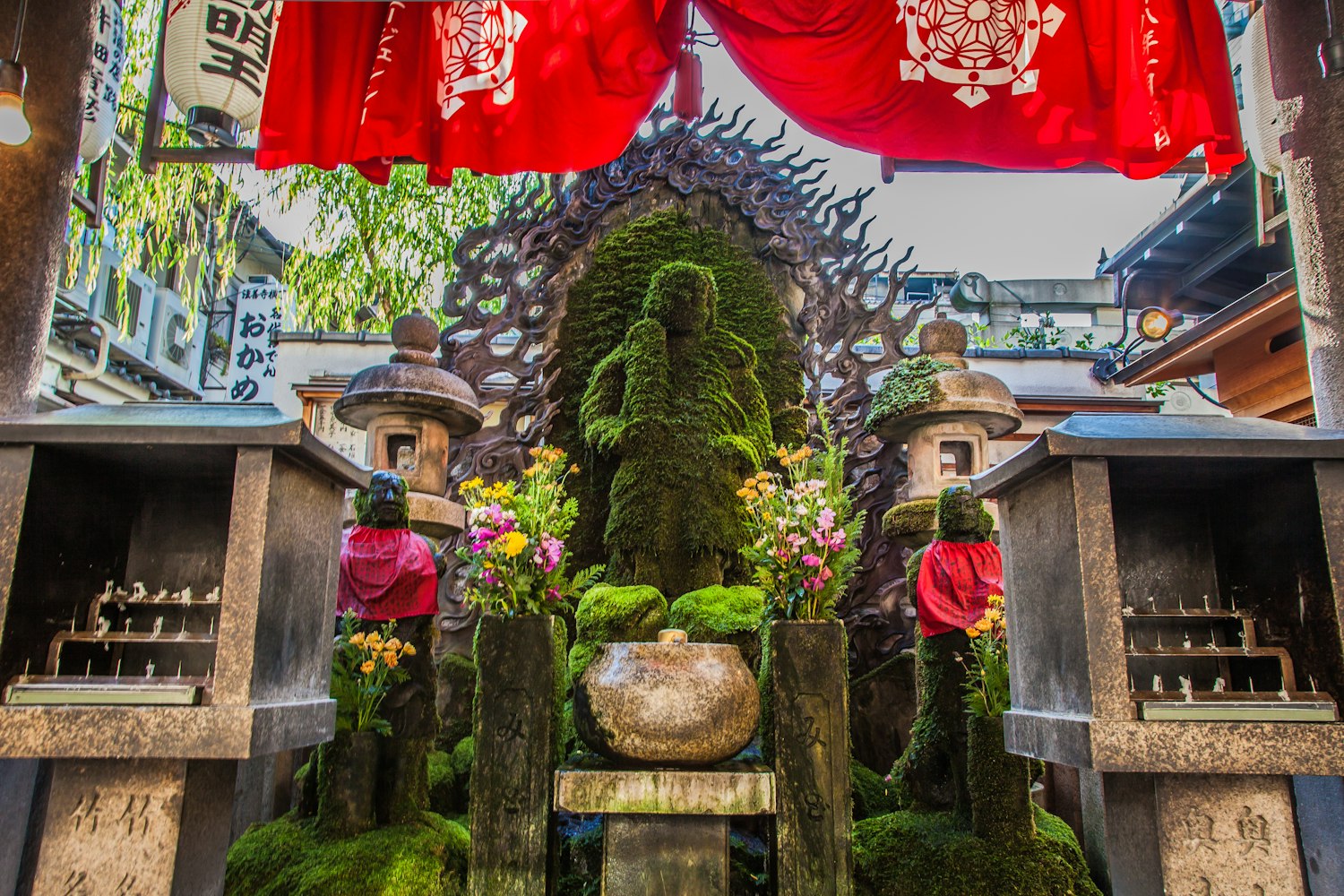
Tucked away in a narrow alley of the bustling Namba district, Hozenji Temple offers a stark contrast to the neon-lit streets with its moss-covered Fudo Myoo statue, which has become a symbol of tranquility and steadfastness in the midst of urban chaos. This small yet captivating temple, established in the 17th century, has become a sanctuary for those seeking solace and a touch of nature.
Visitors often pour water over the statue as part of a ritual for good fortune, a practice that has contributed to the lush moss that envelopes it. The temple's vicinity, Hozenji Yokocho alley, is lined with traditional izakayas and shops, making it a perfect spot to explore after a reflective visit to the temple.
Opening Hours: Open 24 hours
Address: 1-2-16 Namba, Chuo-ku, Osaka, 542-0076
Ticket Price: Free
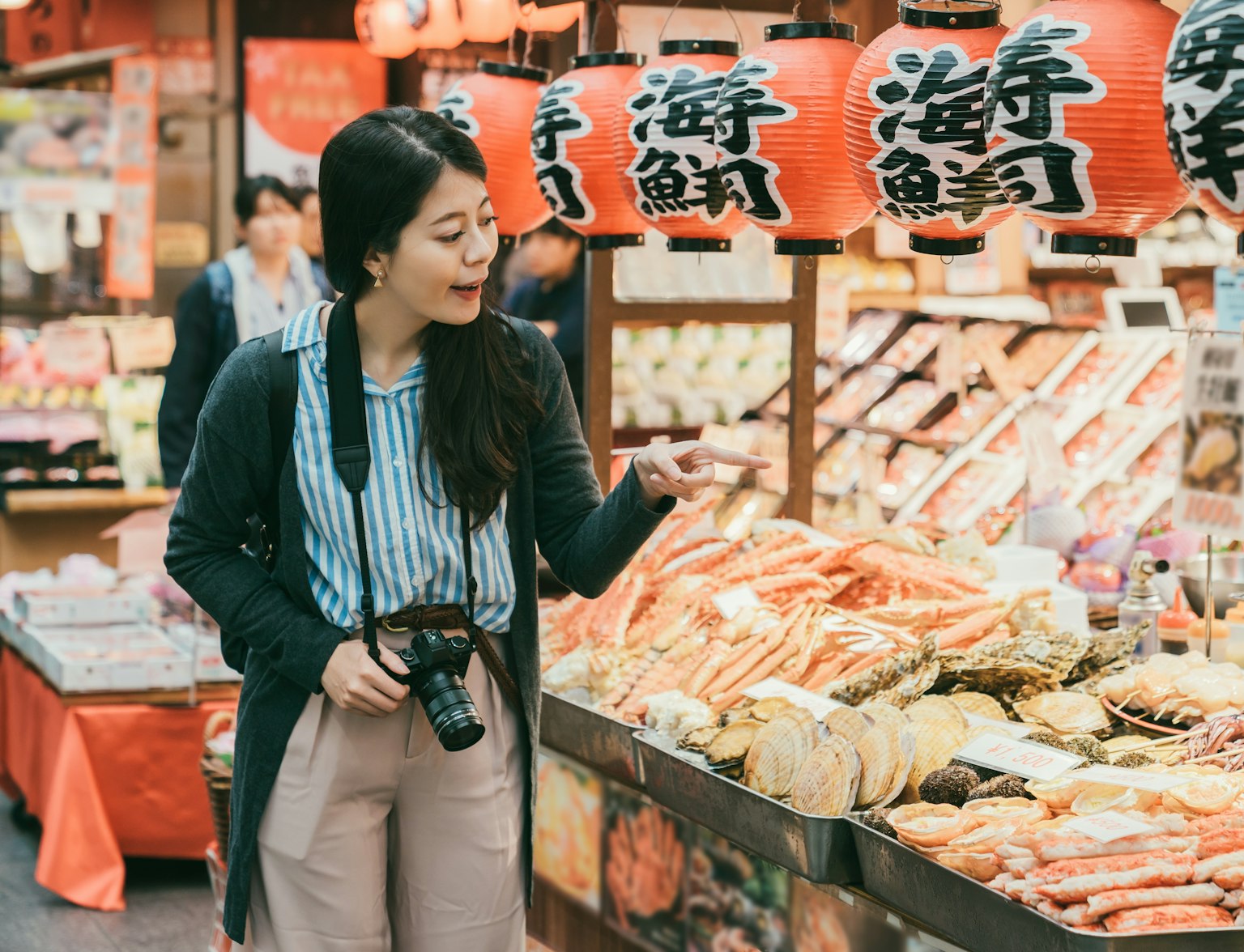
Explore Hozenji Yokocho and its temple with this tour.
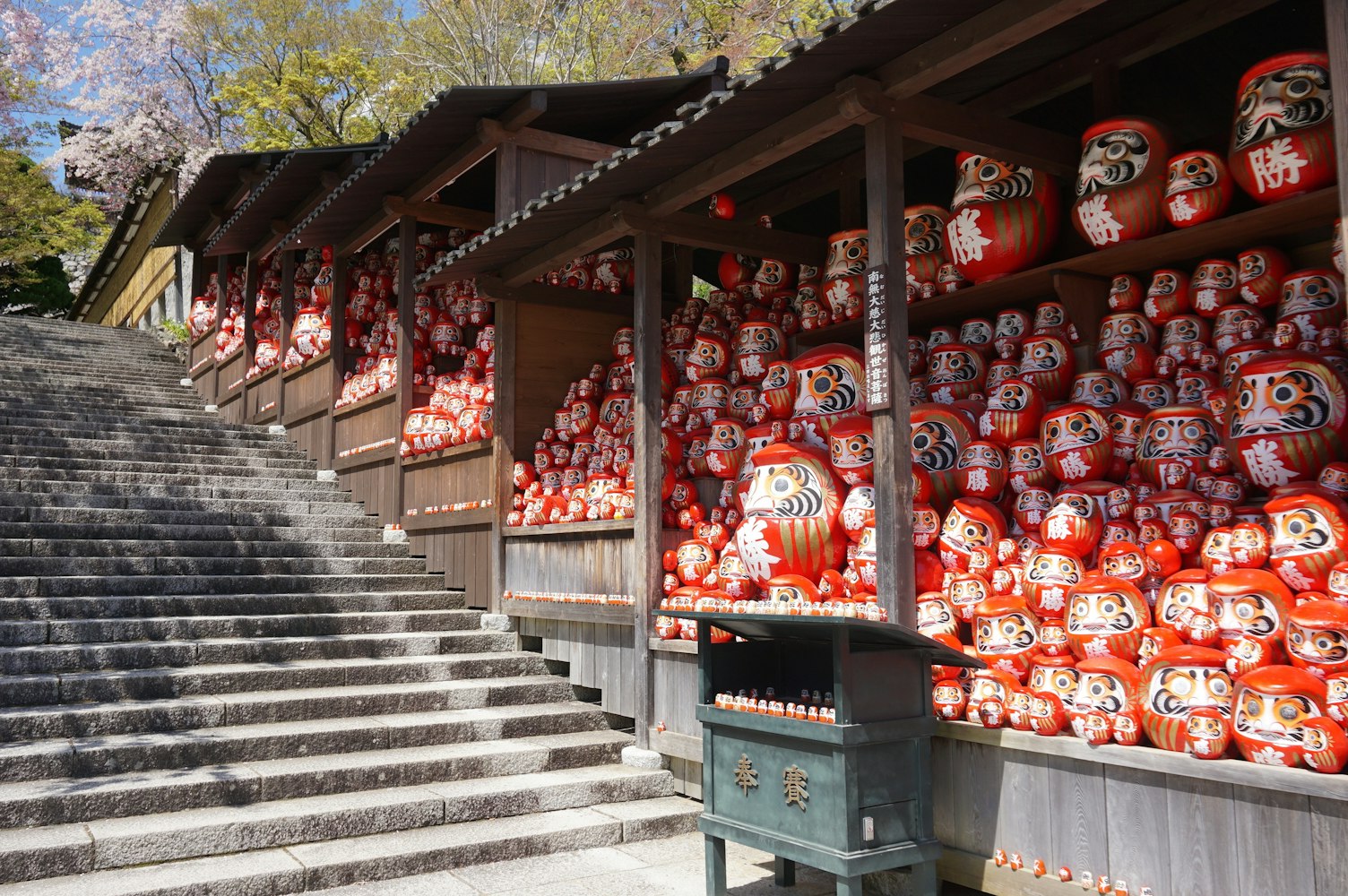
Katsuo-ji Temple, set within the scenic Minoo National Park, is celebrated as the temple of victory, where visitors come to pray for success in various endeavors. The temple's origin dates back to the 8th century and is renowned for its collection of Daruma dolls, which symbolize perseverance and good luck. These dolls, with their wide-eyed gaze, are scattered throughout the temple grounds, creating a unique and inspiring atmosphere.
The natural beauty of the surrounding area, with its seasonal changes, provides a stunning backdrop to the temple complex, making it not only a spiritual destination but also a place of natural wonder. The temple's panoramic views, especially during the autumn leaf season, are a major draw for both pilgrims and tourists alike.
Opening Hours: 8:00 AM - 5:00 PM
Address: 2914-1 Aomatani, Minoo, Osaka, 562-8508
Ticket Price: 400 yen
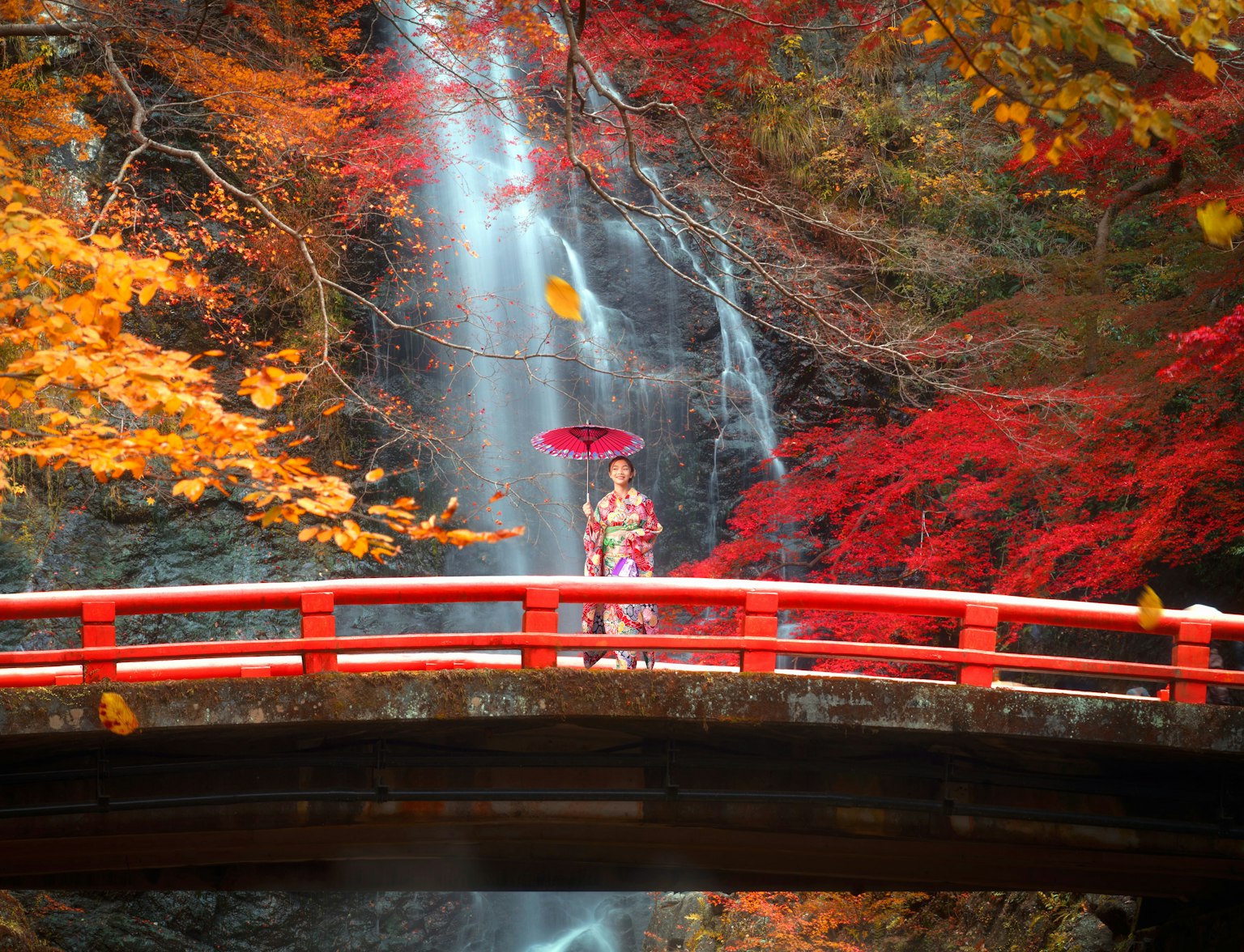
Learn about the significance of Daruma dolls at Katsuoji Temple.
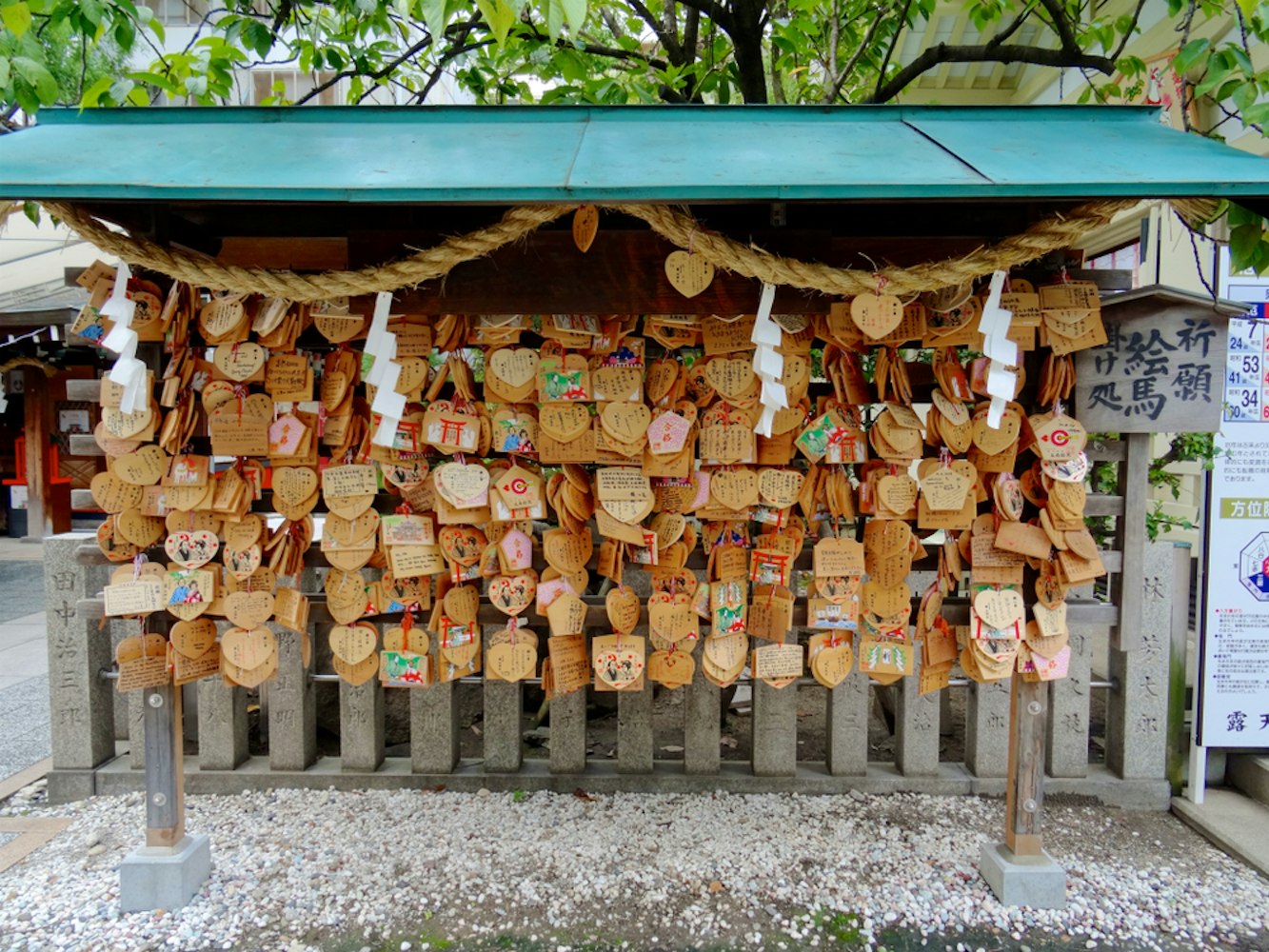
Tsuyunoten Shrine, affectionately known as Ohatsu Tenjin, intertwines the spiritual with the romantic, marking its place in the heart of Osaka's bustling Umeda district. This shrine's history is shaded with the tale of a tragic love story from the Edo period, reminiscent of Japan's Romeo and Juliet, which has made it a pilgrimage site for couples seeking eternal love and loyalty.
The story of Ohatsu and Tokubei, two lovers bound by fate but separated by tragedy, is commemorated here, inviting visitors to reflect on the depth of devotion. The shrine itself, with its serene ambiance amidst urban surroundings, offers a space for prayer, reflection, and the hope for lasting connections. Visitors often leave behind ema (votive plaques) with written wishes for love and happiness, adding a personal touch to the shrine's rich tapestry of stories.
Opening Hours: 6:00 AM - 11:00 PM
Address: 2-5-4 Sonezaki, Kita-ku, Osaka, 530-0057
Ticket Price: Free
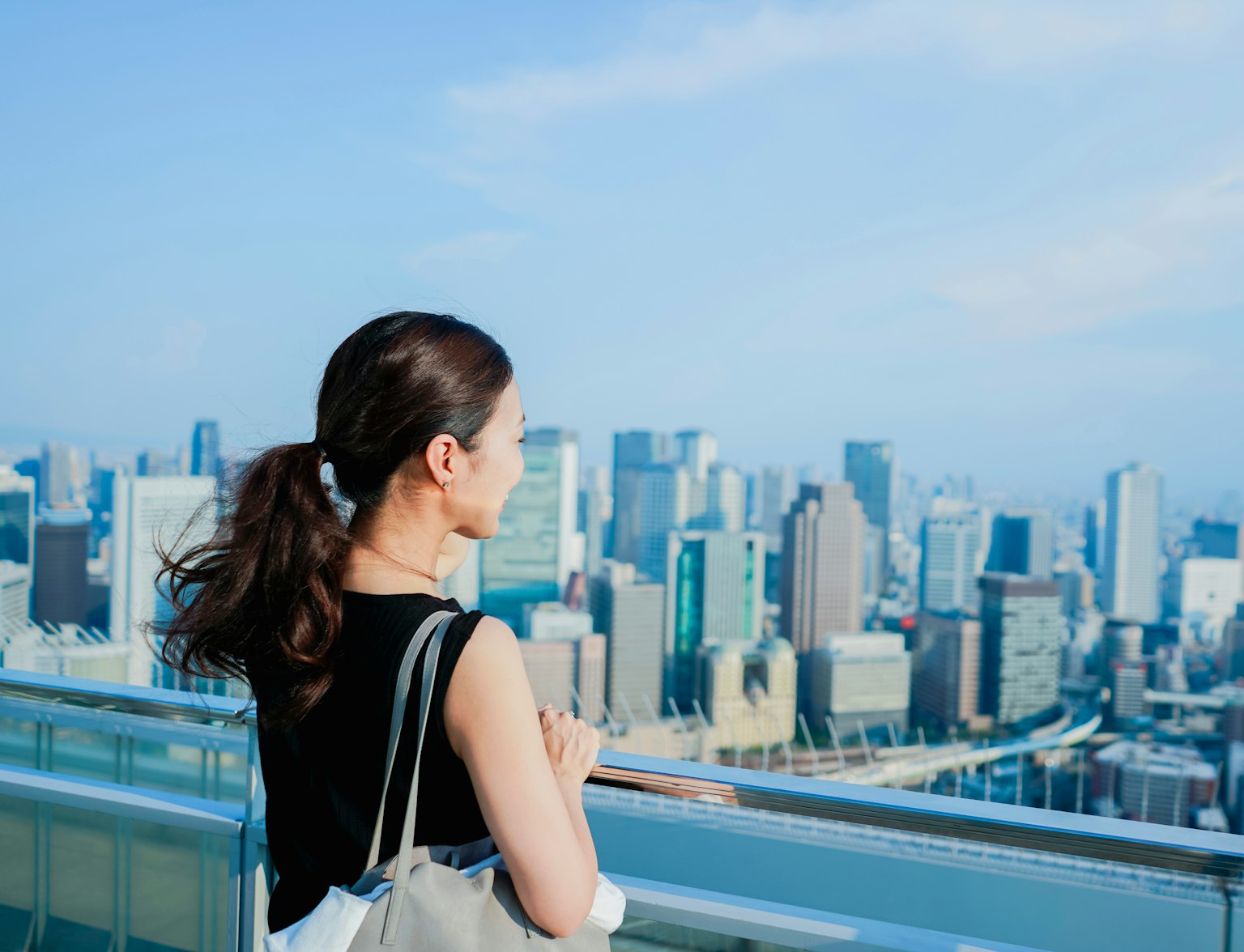
Visit Ohatsu Tenjin with this tour and know more about its story.
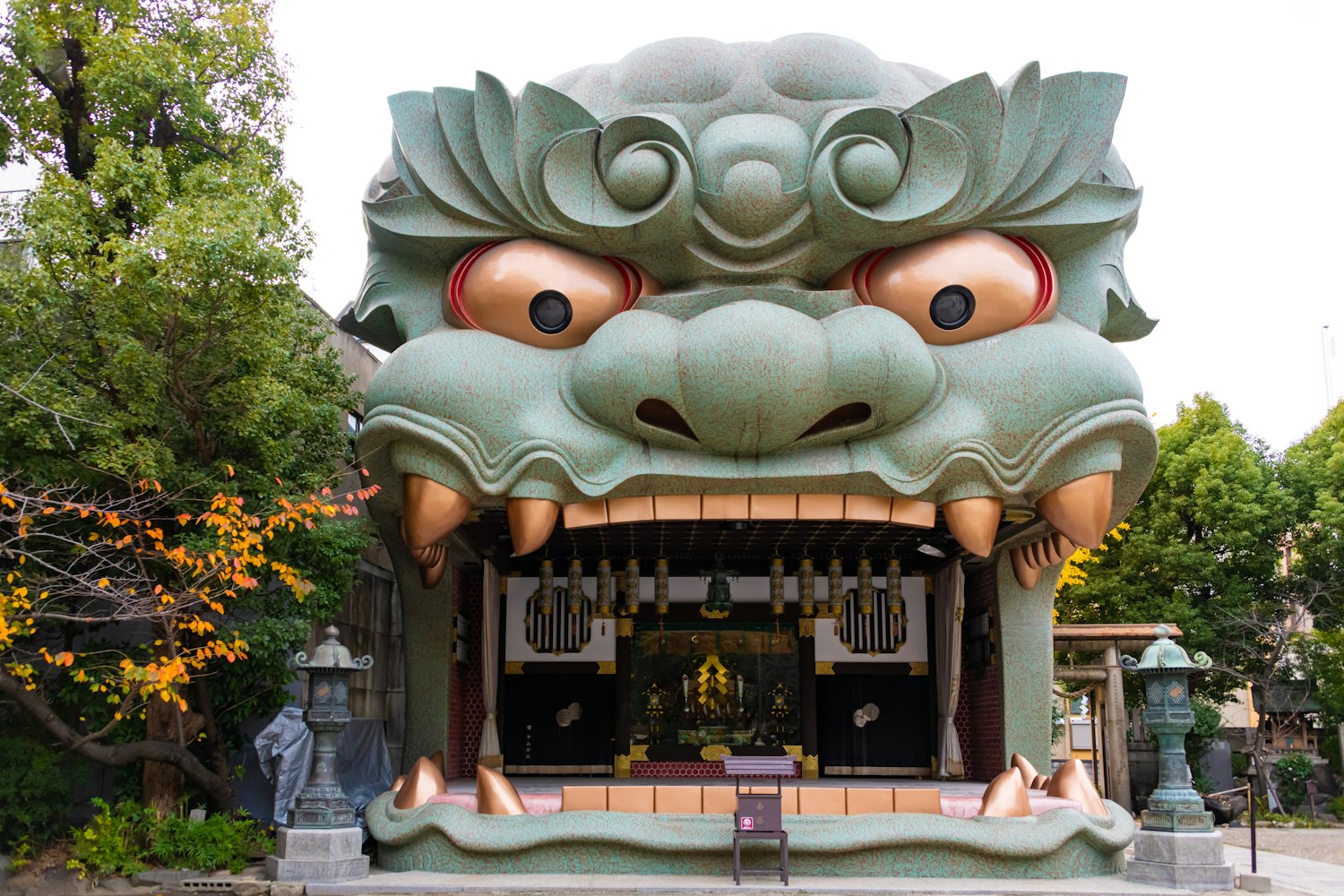
Namba Yasaka Shrine captures the imagination with its iconic lion head stage, a symbol of power and protection that dominates the shrine's landscape. This unique feature sets the shrine apart, making it a must-visit landmark in Osaka for both its spiritual significance and its architectural curiosity.
The lion head is believed to devour evil spirits and bring good luck, drawing visitors who seek blessings for success and prosperity. Situated in the lively Namba district, the shrine offers a moment of awe and spiritual solace amid the city's dynamic rhythm. Beyond its stunning visual appeal, Namba Yasaka hosts vibrant festivals and events that showcase Osaka's rich cultural heritage, making it a vibrant center for community and tradition.
Opening Hours: 9:00 AM - 5:00 PM
Address: 2-9-19 Motomachi, Naniwa-ku, Osaka, 556-0016
Ticket Price: Free
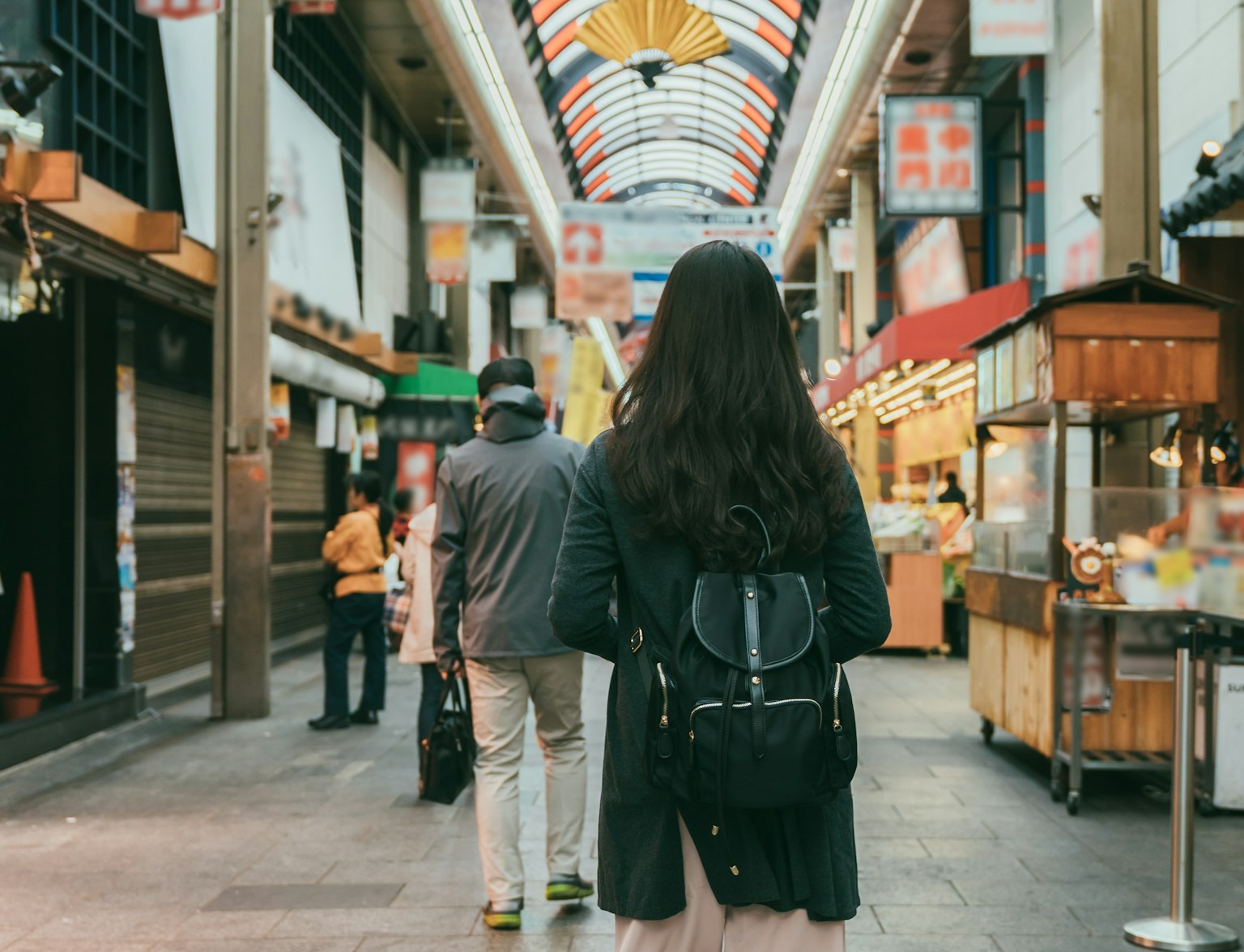
Explore Namba Yasaka Shrine with this tour.
As we conclude our journey through Osaka's revered temples and shrines, it's clear that these nine spiritual sites are not mere attractions, but the heartbeat of Osaka's cultural and historical narrative. From the time-honoured Shitennoji Temple to the charming Sumiyoshi Taisha Shrine, each offers a unique perspective into the city's religious soul.
So, when you find yourself in Osaka, let these serene spaces be more than stops on your itinerary—let them be portals into understanding the profound depth of Japan's spiritual traditions.
